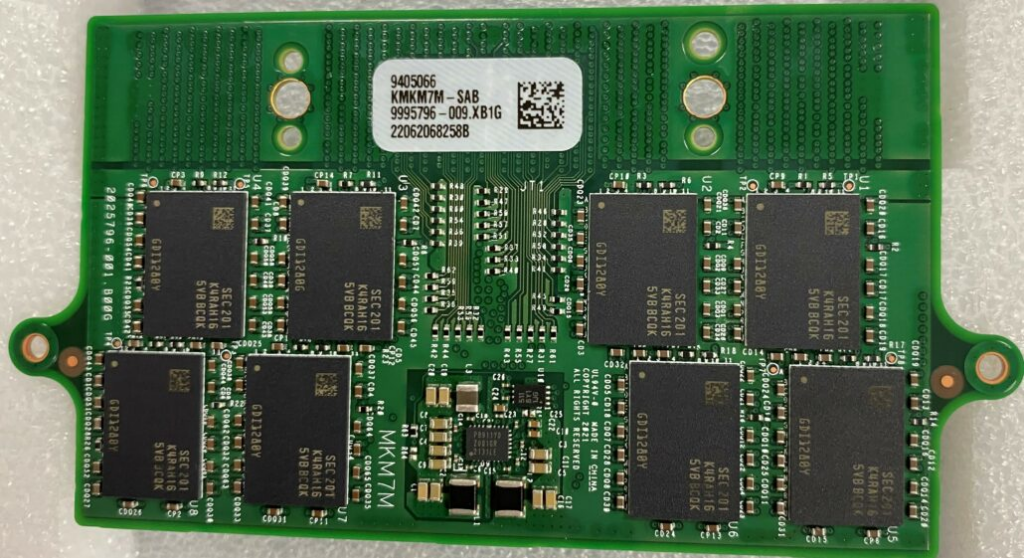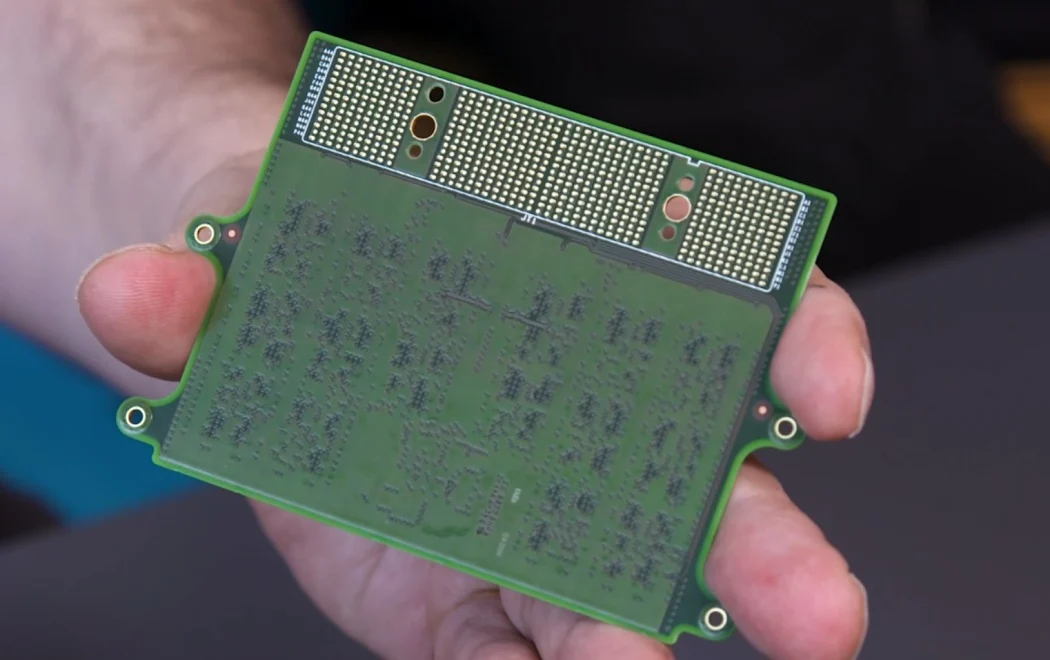Last Updated on July 12, 2024 by Nahush Gowda
JEDEC has announced the official publication of the new CAMM2 memory module standard. This new standard promises to revolutionize laptop memory by offering higher capacities, faster speeds, and significantly reduced space requirements.
Bid farewell to SO-DIMM, soon…
For years, and even currently, SO-DIMM modules have been the go-to solution for laptop RAM. However, their limited capacity and bulky design have proven to be bottlenecks as laptops become thinner and lighter. CAMM2 aims to address these limitations by offering several key advantages:
- Thin Design: CAMM2 modules are significantly thinner than SO-DIMM modules, allowing for slimmer laptop designs.
- Higher Capacity: CAMM2 modules support up to 128GB of memory on a single module, making them ideal for demanding tasks and intensive applications.
- Faster Speeds: CAMM2 boasts speeds of up to 8533 MT/s, significantly faster than traditional SO-DIMM modules.
- Improved Efficiency: The close contact between the module and the motherboard in CAMM2 leads to faster communication between RAM and CPU, resulting in improved performance and efficiency.
- Field-Repairable: CAMM2’s design makes it easier for modules and laptops to be repaired, reducing downtime and costs.

CAMM2 supports stackable modules, opening up possibilities for increased memory capacity in laptops. These modules come in single-channel (SC) and dual-channel (DC) versions.
The connector for dual-channel modules can be cleverly split in half, allowing each half to support a single-channel module at different heights: 2.85mm and 7.5mm. This flexibility allows for various configurations, from single-channel to dual-channel, and even future multi-channel setups, all while maximizing space within the thin laptop form factor.
Early Adoption and Future Potential
Several major memory manufacturers, like Samsung and Micron, have already announced plans to offer CAMM modules in various capacities, speeds, and designs. This early adoption indicates strong industry support for the new standard. Additionally, Micron has teased an even more optimized version of CAMM2 that could offer capacities exceeding 192GB and speeds of over 9600 MT/s.
Challenges and Future
While CAMM2 presents numerous benefits, it also has some drawbacks. The single-piece design makes upgrading or swapping modules more expensive, as the entire module needs to be replaced.
Despite this, the official recognition from JEDEC and the promising features of CAMM2 suggest that it has the potential to become the new standard in laptop memory. While it may not completely replace SO-DIMM designs within the next year, its advantages in speed, capacity, and size make it a compelling choice for the future of laptops.
The future of CAMM2 is promising, with potential adoption in both DDR5 and LPDDR6 memory standards. While it may be some time before we see widespread adoption, it’s clear that CAMM2 is poised to revolutionize the way we think about laptop memory.
Stay tuned with Yantragyan for further developments in the memory segment.

Leave a Reply
You must be logged in to post a comment.